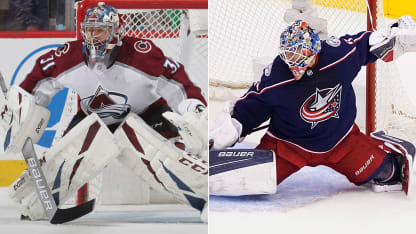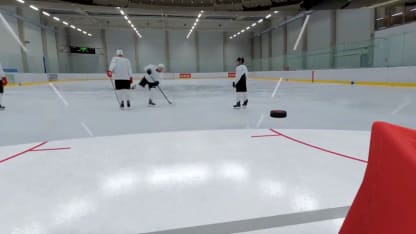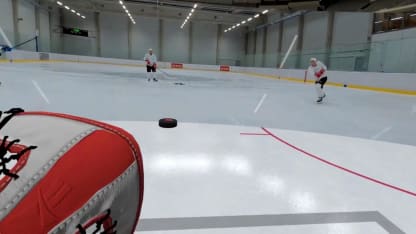Developed in the Czech Republic by founder and CEO Bob Tetiva over the past three and half years, Sense Arena also has a skater's version where a player can hold a stick and run drills or react to plays all over the arena. But the virtual environment is ideal for goalies because those same plays always end up coming toward the goalie, and their movement is more contained. Tetiva worked with former St. Louis Blues prospect Marek Schwarz, who plays professionally in the Czech Republic, as a model and tester to fine-tune the details important to the position.
Watch: Youtube Video
Brian Daccord, who was named Arizona Coyotes director of goaltending operations and special assistant to new GM Bill Armstrong on Sept. 25, has also joined the company as an advisor.
There are several options, including reaction drills, tracking passes and shots from computerized players, or video of real players shooting, which allows a goalie to work on reading various elements of a shot release.
"We have video of real players releasing shots and then we mask the puck and replace it with a virtual puck that comes at you," Tetiva said. "I strongly believe the next step in athletic training is not doing more squats or pushups, but working on your brain, and for goalies that translates into your ability to read the release, be clever facing screens, and work on your box control."





